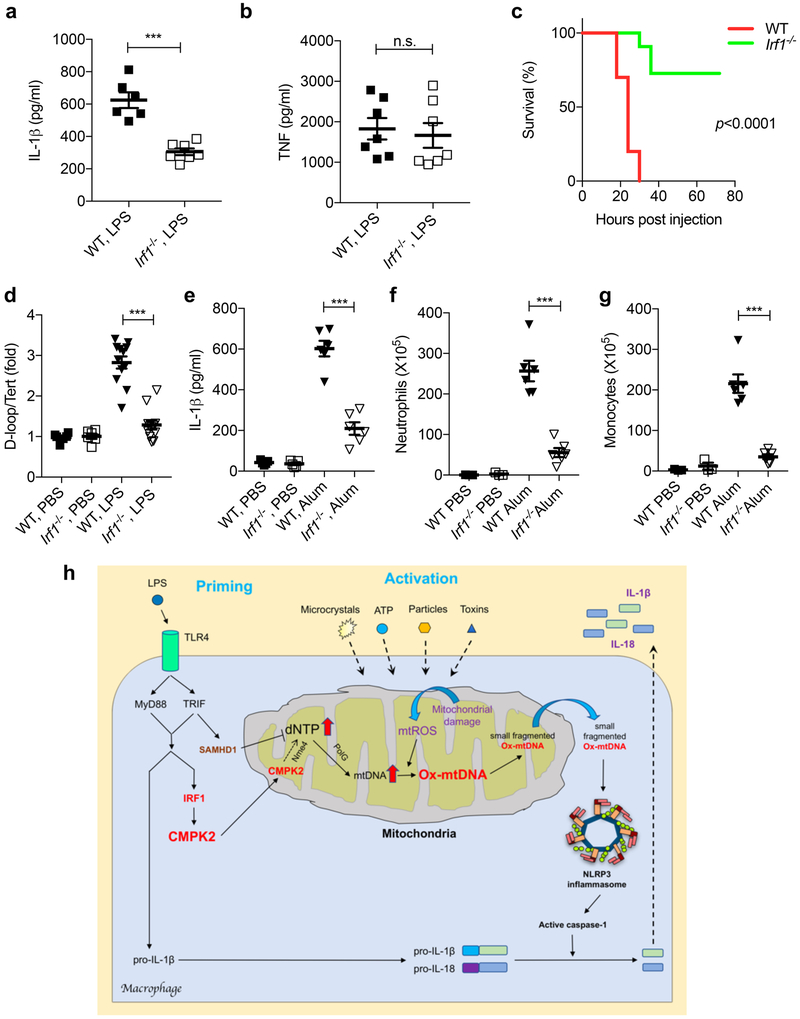Extended Data Fig. 10 ~. IRF1 is required for in vivo mtDNA replication and NLRP3 inflammasome activation.
a, b, 12-week-old wild-type or Irf1−/− mice were injected intraperitoneally with LPS (50 mg per kg of body weight) and their sera were collected 3 h later and analysed by ELISA for IL-1β (a) and TNF (b). Results are mean ± s.d. (n = 6 and 7 for WT and Irf1−/− mice, respectively). c, Survival of wild-type or Irf1−/− mice that were injected intraperitoneally with LPS (50 mg per kg body weight; n = 10 and 11 for WT and Irf1−/− mice, respectively). d, Relative amounts of total mtDNA in peritoneal infiltrates of wild-type or Irf1−/− mice before and after LPS (50 mg per kg body weight) injection. Data are mean ± s.d. (n = 6 in PBS-treated groups; n = 12 in LPS-treated groups). e, Peritoneal IL-1β in wild-type or Irf1−/− mice 4 h after intraperitoneal injection of alum (1 mg) or PBS. Data are mean ± s.d. (n = 5 in PBS-treated groups; n = 6 in alum-treated groups). f, g, Alum-induced peritoneal infiltration of neutrophils (CD11b+Ly6G+F4/80−) (f) and monocytes (CD11b+Ly6C+Ly6G−) (g) in wild-type and Irf1−/− mice 12 h after alum (1 mg) or PBS injection. Data are mean ± s.e.m. (n = 3 for PBS-treated groups and n = 6 for alum-treated groups). ***P < 0.001; two-sided unpaired t-test (a, b, d–g) and log-rank test (c). h, A working model to illustrate how TLR-mediated priming controls mtDNA replication and NLRP3 inflammasome activation. Whereas IRF1 acts positively to induce the transcription of CMPK2, which supplies rate-limiting dCDP for mtDNA synthesis, TRIF-dependent signalling also acts negatively to limit dNTP supply through the induction of SAMHD1.

